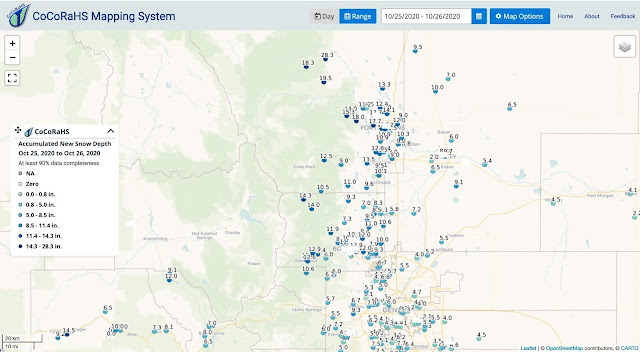State epidemiologist Dr. Angela Dunn lives a few blocks from us. Earlier this week, her address was released on social media and groups gathered at her house yesterday in protest. This is a diabolical act of harassment and intimidation that cannot stand. Picketing of this type at someone's residence is also likely illegal. I am not sure what codes apply within the Salt Lake City limits, but Salt Lake County has an entire section of code dedicated to this issue and classifies it as a Class B misdemeanor.
Dr. Dunn is not an elected official. She is a civil servant who has had to do a very difficult job. In the tweet below, her neighbor, Mark Cronin, shares views that are similar to mine.
Here's what neighbor, Mark Cronin said to the group. Full story, including response from the medical community, and Dr. Dunn on @KSL5TV at 5&6pm. pic.twitter.com/UpZ4s4DHwA
— Mike Anderson (@mikeandersonKSL) October 29, 2020
Although not at the same level or scale, I have some experience with intimidation tactics, including state legislators threatening to pull the funding of my climate collaborators and an individual who aggressively shouted at me after testimony for a state legislature committee. I no longer remember the details of that encounter, but I recall that I was concerned the individual was going to become violent and defused the situation by slowly moving closer to a nearby police officer. Such experiences were the exception and not the rule, but they were difficult nonetheless.
However, nobody every showed up at my house to picket me and my family.
Where are we as a nation when epidemiologists like Dr. Dunn and Dr. Anthony Fauci need bodyguards and police for protection? Where will be be in a few more weeks as hospitalizations and deaths mount due to the spread of coronavirus in Utah and many other states? We need them more than ever and we must stand up for their right to do their jobs without harassment or intimidation.
This does not mean that people cannot question or protest, but they need to use appropriate methods for doing so. With rights come responsibilities.


















































